Cats are fascinating creatures with intriguing behaviors that often leave their human companions both amused and perplexed. Among these behaviors is their curious relationship with boxes. While some felines find endless joy in a simple cardboard box, others remain unimpressed, indifferent to this makeshift playground. Let’s delve into the multifaceted reasons behind why some cats adore boxes while others choose to overlook them.
The Instinctual Nature of Cats
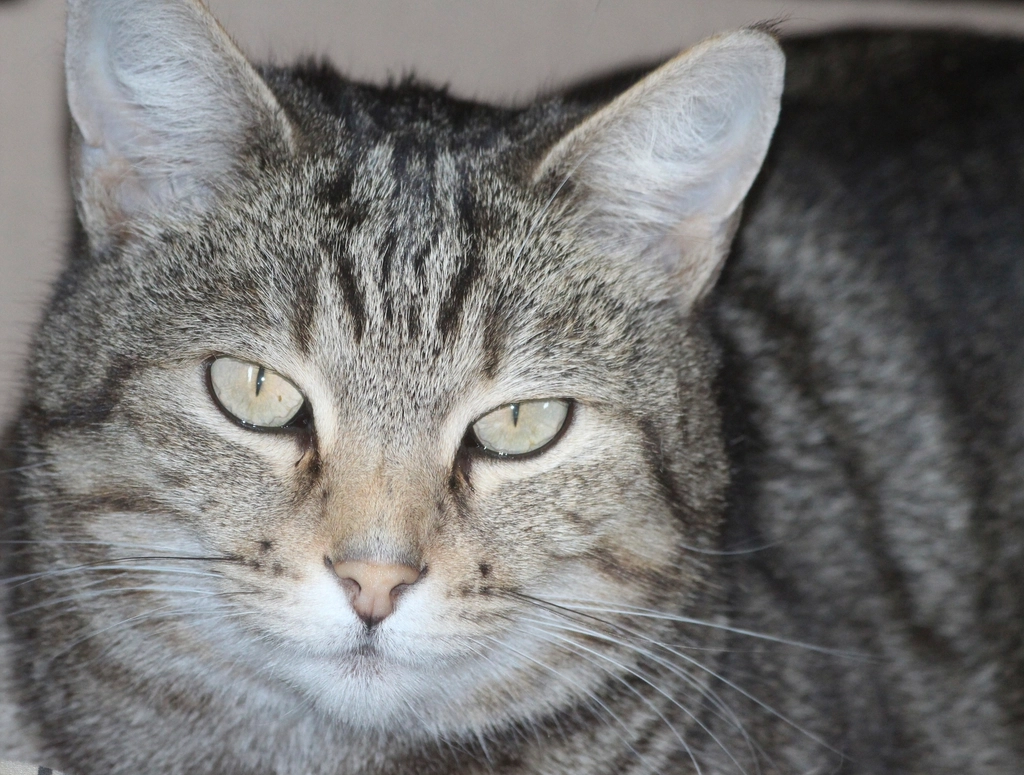
Cats are descendants of wild hunters, and their instincts are deeply embedded in their behaviors. Boxes provide a sense of security reminiscent of the dens their wild ancestors used for safety. This instinctual need for a cozy, concealed space can explain why many cats are drawn to boxes. Within a box, they can hide from potential threats, observe their surroundings, and feel a sense of calm that echoes their natural habitats.
The Importance of Territory
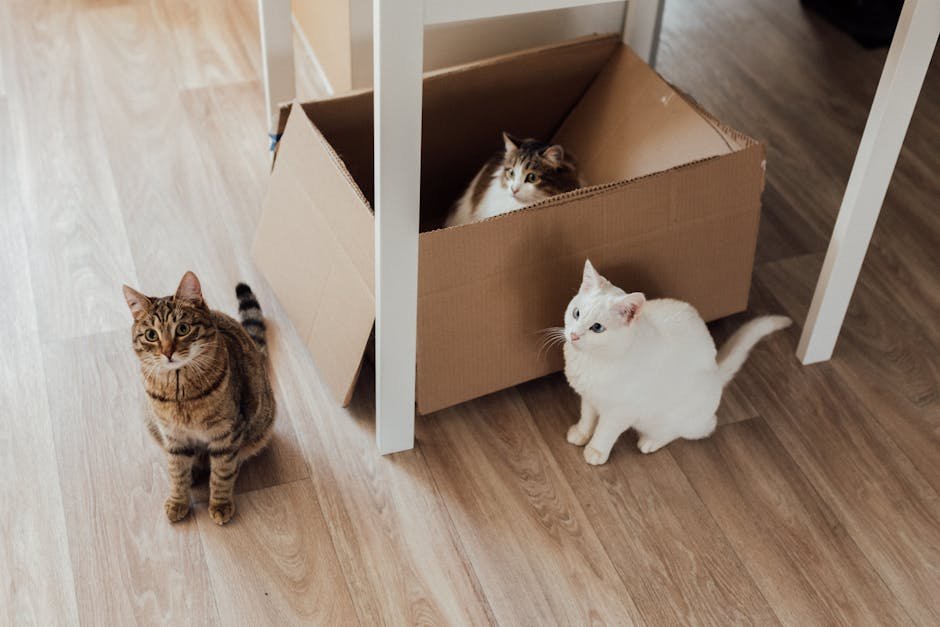
Territoriality is a hallmark of feline behavior. A box can serve as a miniature territory for a cat, a place they can claim as their own. When a cat enters a box, it often rubs its scent on the surfaces, marking it as its territory. This behavior becomes more pronounced in homes with multiple cats, where competition for space is common. A box can be a coveted prize, sometimes leading to playful disputes as each cat tries to assert its dominance over this newfound territory.
The Comfort of Enclosure
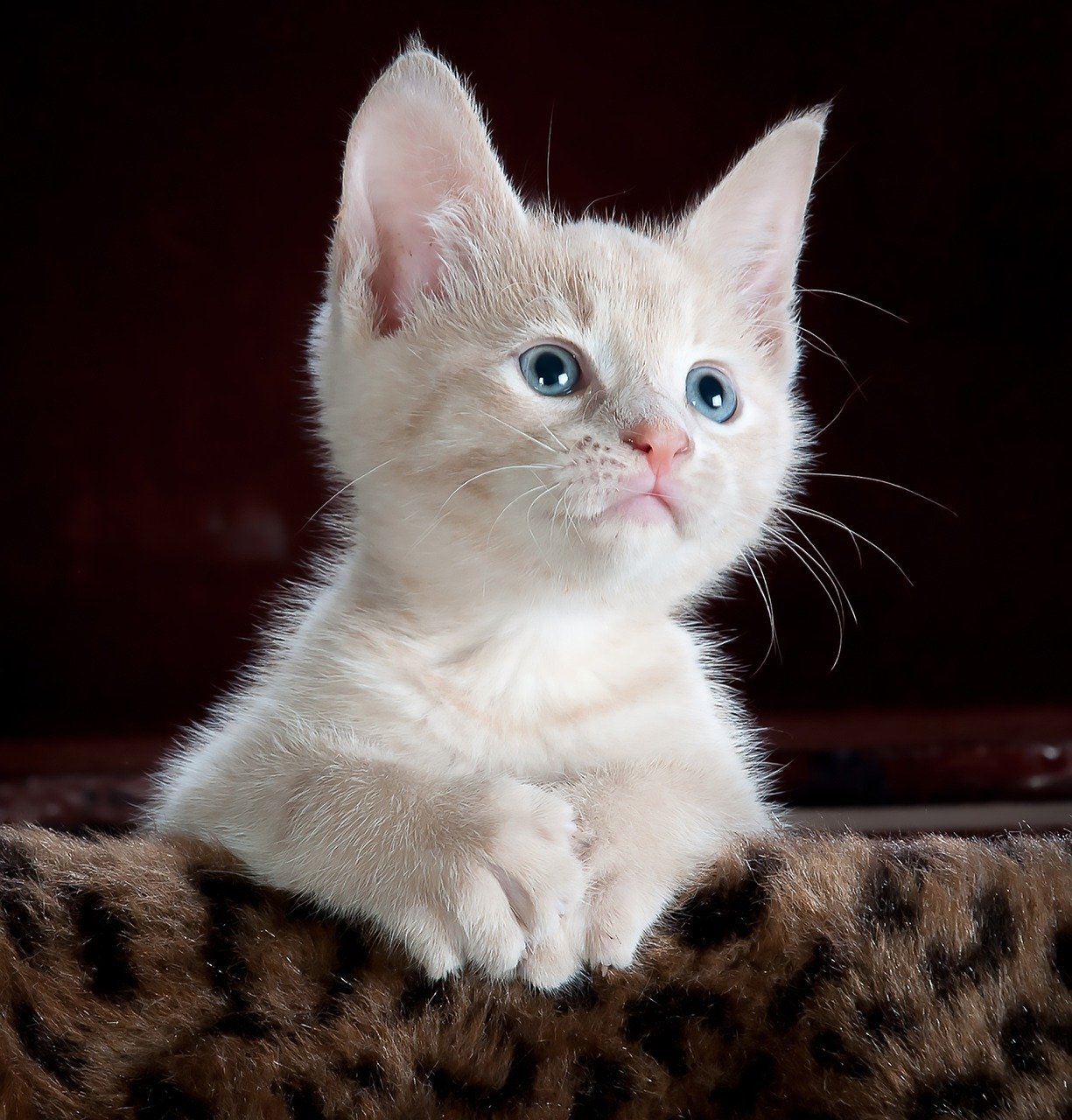
Enclosed spaces offer comfort to cats, providing a snug environment where they can feel safe and reduce anxiety. For shy or timid cats, a box can become a refuge, a place to retreat and observe the world from a distance. This is especially important for cats who may feel overwhelmed by their surroundings, offering them a sanctuary where they can relax and feel secure.
Curiosity and Exploration
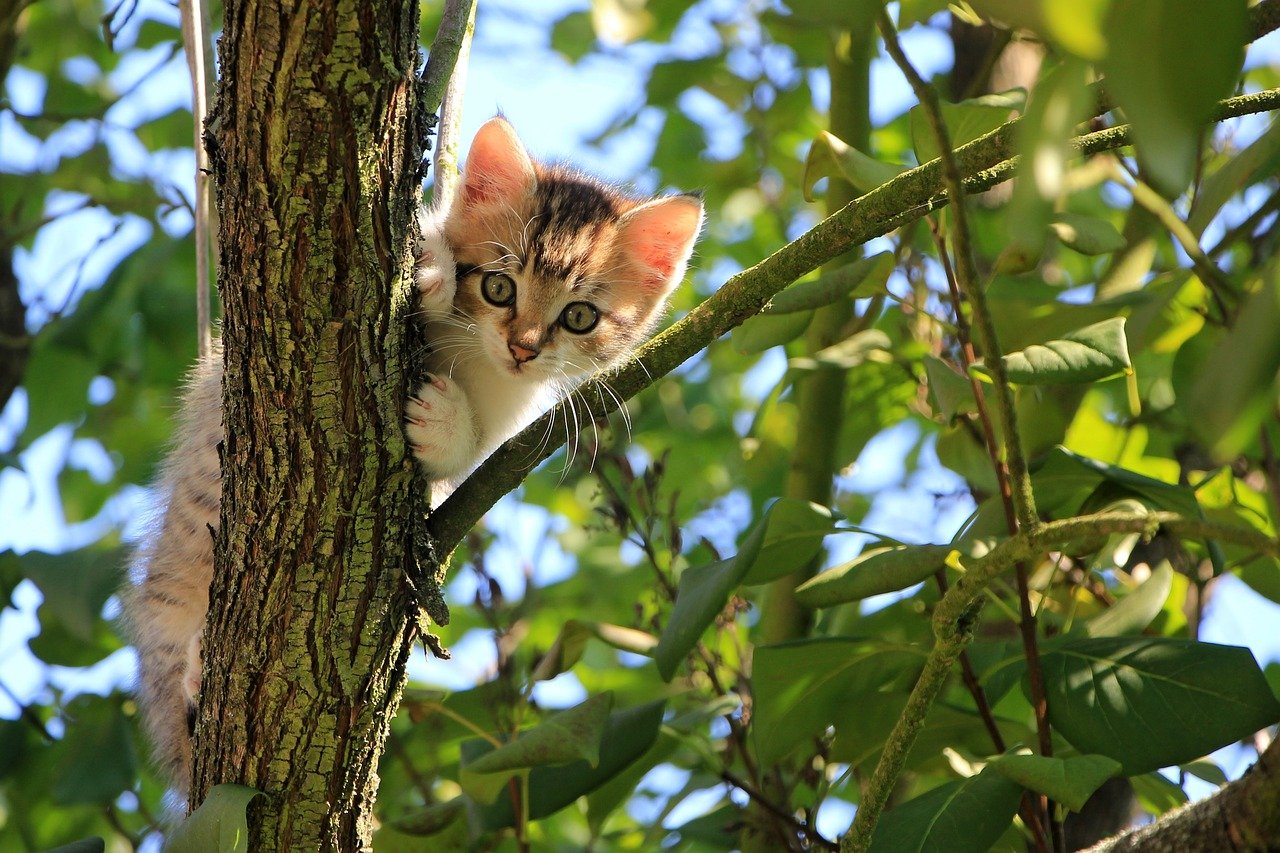
Cats are naturally curious creatures, and a new box can ignite their innate desire to explore. The novelty of a box often proves irresistible, prompting cats to investigate and play. This exploration is not just play; it’s a critical aspect of their mental development. Engaging with new environments keeps their minds sharp and fulfills their need for stimulation and discovery.
Individual Personality Traits
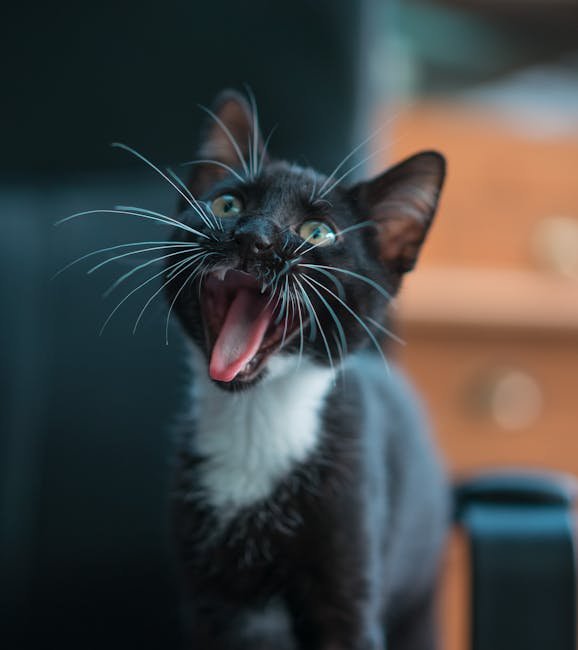
Every cat has a unique personality, much like humans. Some cats are adventurous and playful, eagerly exploring new environments, while others are more reserved and cautious. A cat’s individual temperament significantly influences its reaction to boxes. While playful cats might jump in with enthusiasm, more cautious cats may prefer to watch from a safe distance, assessing the situation before making a move.
Age and Activity Level
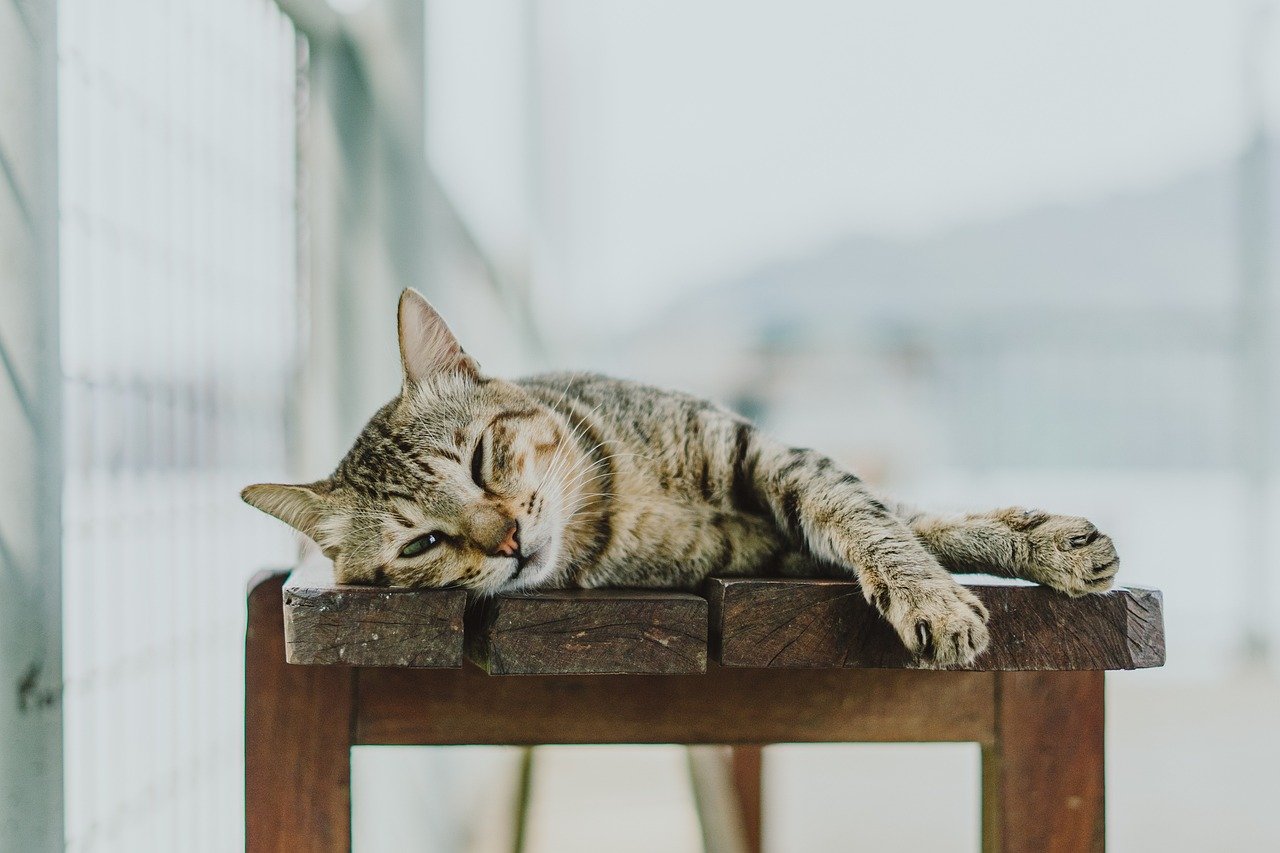
A cat’s age and activity level can greatly affect its interest in boxes. Kittens, with their boundless energy and curiosity, are often more inclined to explore and play with boxes. Older cats, on the other hand, may be less interested, particularly if they have mobility issues or prefer a more relaxed lifestyle. Understanding these age-related differences helps cat owners create an environment that suits their feline’s needs, ensuring they remain happy and engaged.
The Role of Socialization
The experiences a cat has during its early life play a crucial role in shaping its behavior towards new objects, including boxes. Well-socialized cats, exposed to a variety of environments and objects as kittens, are more likely to explore and enjoy boxes. Conversely, cats with limited exposure may be hesitant or fearful of new objects. Socialization is key in developing a cat’s confidence and willingness to engage with its surroundings.
The Influence of Environment
The environment in which a cat lives can significantly influence its behavior. A cluttered or noisy home may deter a cat from exploring a box, while a calm, organized space can encourage curiosity. Additionally, the presence of other pets or loud noises can affect a cat’s comfort level and willingness to engage with new objects, including boxes.
Box Size and Shape Preferences
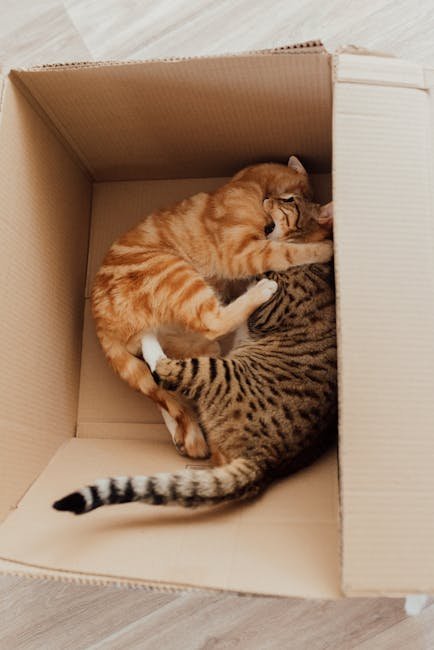
Not all boxes are created equal, and cats can be quite particular about their preferences. Some cats enjoy small, snug boxes that provide a sense of security, while others may prefer larger boxes that allow for more movement. Recognizing and catering to a cat’s box preferences can enhance their playtime and contribute to their overall happiness.
The Appeal of Texture
Cats are sensitive to textures, and the feel of a box can be particularly appealing. The cardboard material is a satisfying surface for scratching and kneading, which are instinctual behaviors for cats. This tactile element makes boxes more enticing, encouraging cats to engage with them and satisfy their natural urges.
The Role of Play
Play is an essential component of a cat’s life, and boxes can be an excellent tool for interactive play. Owners can use boxes to create engaging games, such as hide-and-seek or obstacle courses. This not only stimulates a cat’s mind but also strengthens the bond between pet and owner, providing both parties with joy and companionship.
Stress Relief and Anxiety Reduction
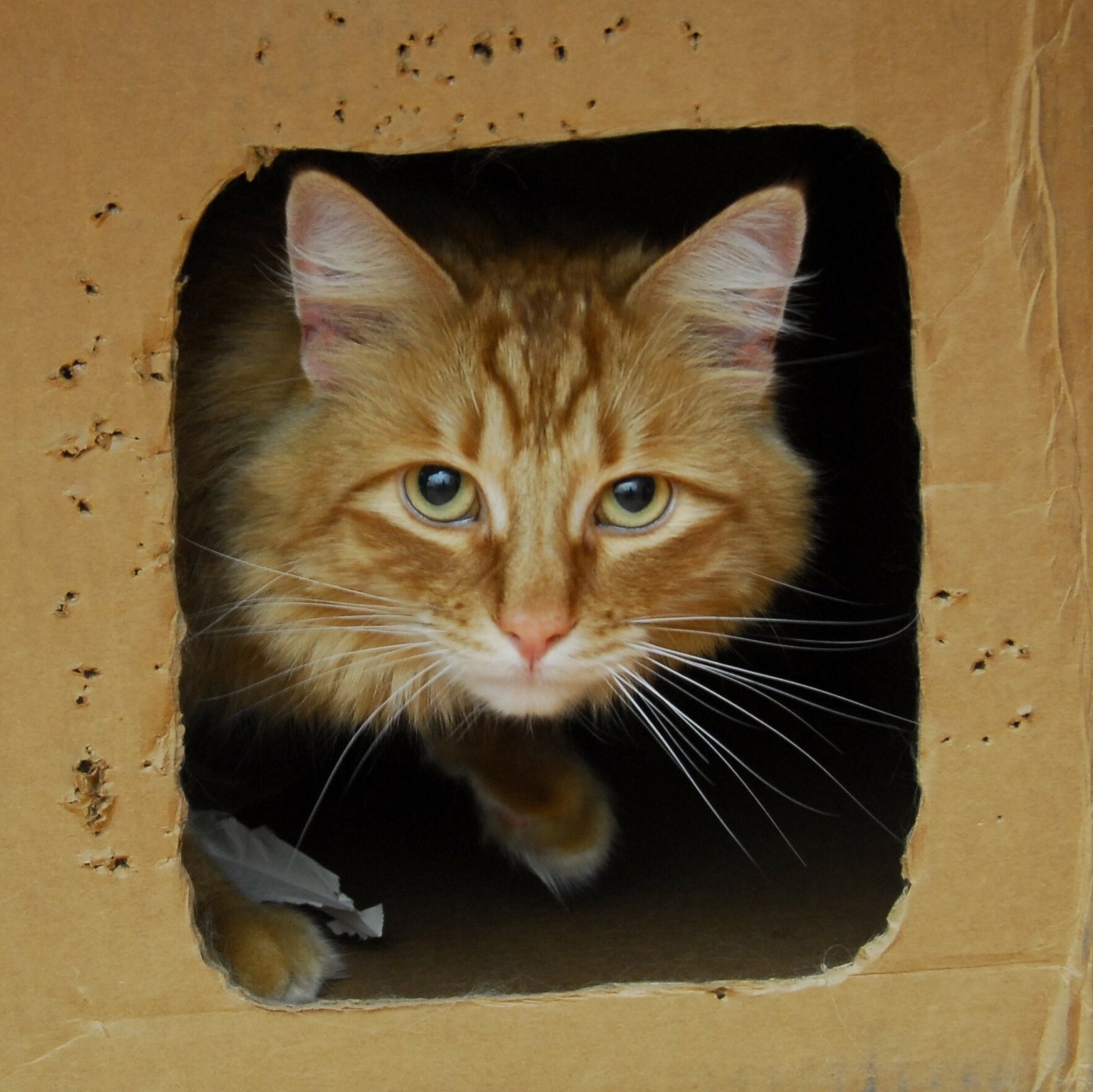
For many cats, boxes serve as a refuge in stressful situations. Whether it’s the noise of a thunderstorm, a visit from unfamiliar guests, or changes in the household, a box can provide a safe space for a cat to retreat and calm down. This stress-relief feature is crucial for maintaining a cat’s overall well-being, offering them a place to escape and recharge.
The Impact of Health
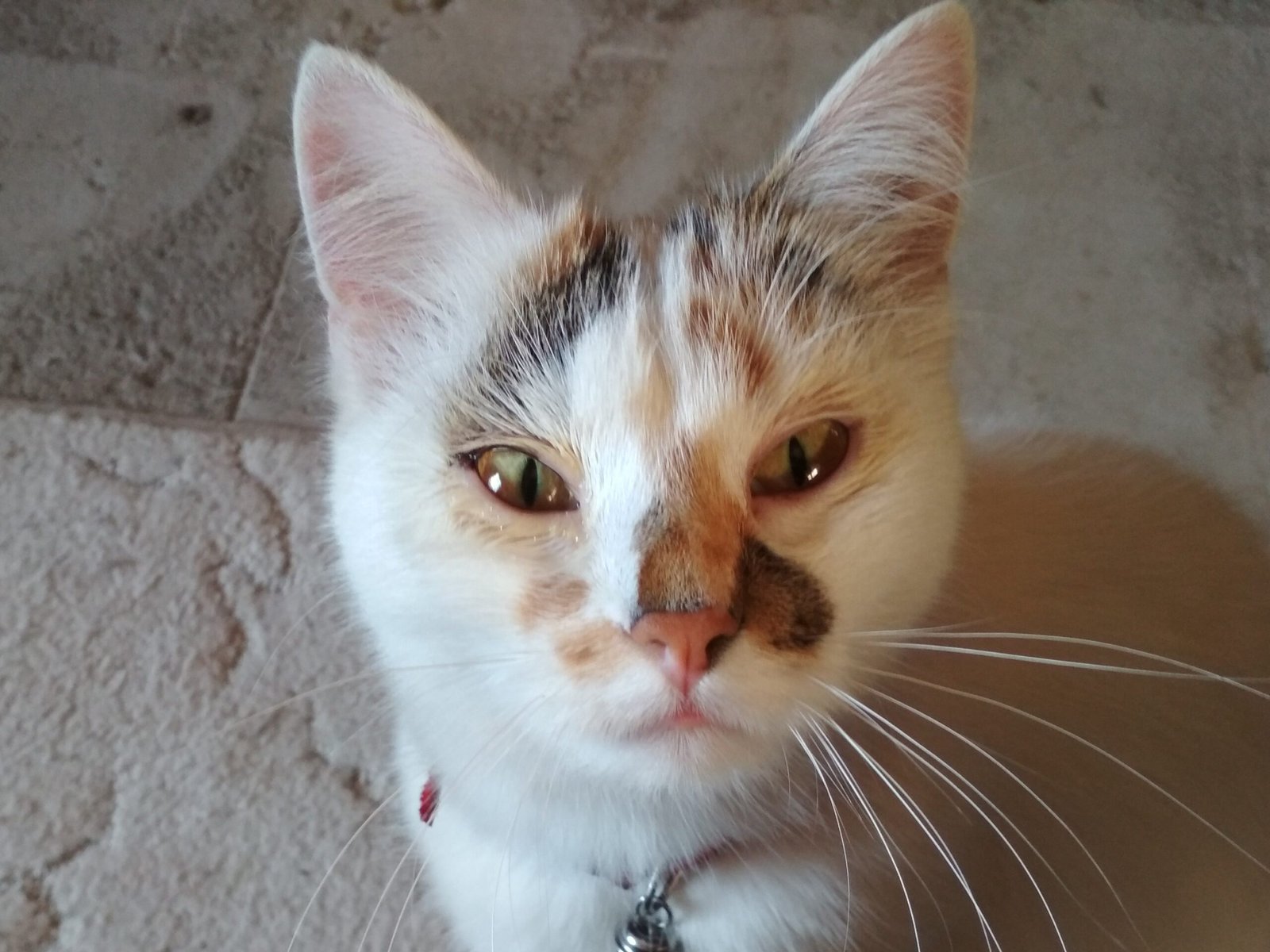
A cat’s health can impact its behavior towards boxes. Cats that are feeling unwell or are in pain may be less inclined to engage in playful activities, including exploring boxes. It’s vital for owners to monitor their cat’s behavior and consult a veterinarian if they notice significant changes in their interest or activity levels, ensuring their pet’s health and happiness.
The Social Dynamics of Multi-Cat Households
In homes with multiple cats, social dynamics can affect how each cat interacts with boxes. Some cats may be more dominant, claiming boxes as their own, while others may avoid competition. Understanding these social interactions helps owners manage their cats’ behavior, ensuring that each cat feels secure and content in their shared environment.
The Psychological Benefits of Boxes
Engaging with boxes can provide cats with vital psychological benefits, such as stimulation and enrichment. Boxes can help prevent boredom and encourage natural behaviors like hunting and exploring. By providing various boxes and hiding spots, owners can create a more enriching environment for their cats, promoting their mental health and well-being.
The Connection to Playfulness

Cats that are naturally playful are often more inclined to enjoy boxes. The playful nature of a cat can lead to creative interactions with boxes, such as jumping in and out or using them as hiding spots during playtime. Encouraging this playfulness can enhance a cat’s quality of life and foster a deeper bond between pet and owner.
The Importance of Observation
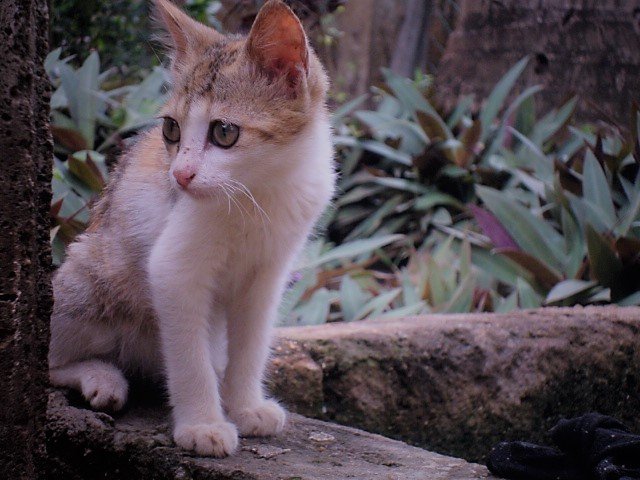
Observing a cat’s behavior can provide valuable insights into its preferences and personality. Owners should pay attention to how their cats interact with boxes and other objects in their environment. This observation can help tailor activities and create a more engaging living space for their feline companions, ensuring they remain happy and healthy.
Conclusion
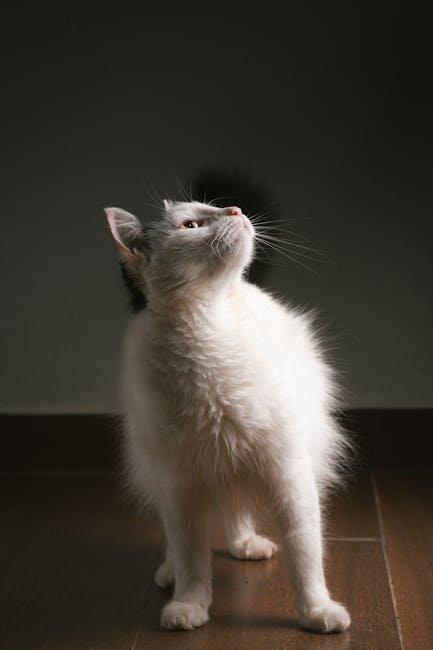
Understanding why some cats love boxes while others ignore them involves exploring a rich tapestry of feline behavior. Instinct, personality, environment, and health all play crucial roles in shaping a cat’s relationship with boxes. By recognizing these influences, cat owners can create a more enriching and supportive environment that caters to their pets’ unique needs and preferences. Whether your cat is a box enthusiast or a casual observer, appreciating their individuality is key to fostering a happy and healthy feline friend.
Hi, I’m Bola, a passionate writer and creative strategist with a knack for crafting compelling content that educates, inspires, and connects. Over the years, I’ve honed my skills across various writing fields, including content creation, copywriting, online course development, and video scriptwriting.
When I’m not at my desk, you’ll find me exploring new ideas, reading books, or brainstorming creative ways to solve challenges. I believe that words have the power to transform, and I’m here to help you leverage that power for success.
Thanks for stopping by, Keep coming to this website to checkout new articles form me. You’d always love it!





